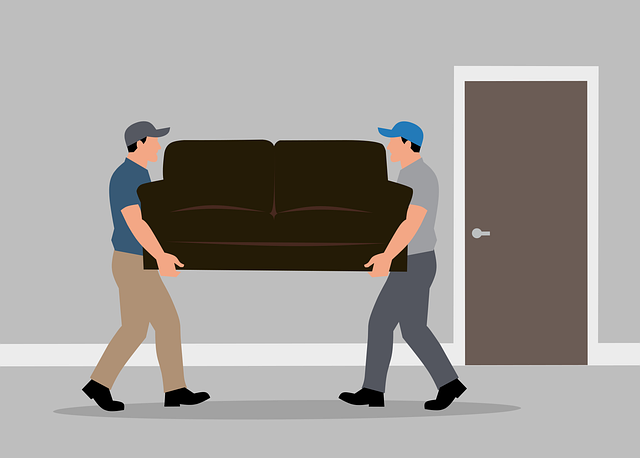
So, the folks are moving in. Maybe this is something you’ve had brewing in the background for a while, or maybe it’s happening fast after a health scare, a fall, or just life doing its unpredictable thing. No matter why your parents are trading their home or those cozy senior living apartments for your guest room, one thing is certain: things are going to change. And change, at any age, comes with its own set of nerves and surprises.
Here’s how to make the whole “moving in together” experiment less overwhelming—and a heck of a lot more rewarding.
Start with Some Honest, Open Conversation
First things first—get everything (and everyone!) on the same page. You, your aging parents, and anyone else in the house need a good old-fashioned family meeting. Talk about privacy, daily routines, meals, and what kind of help your folks really want (or don’t want). This is also your moment to air out worries and family quirks—so Aunt Sally’s preference for Monday laundry and Dad’s late-night TV habit don’t clash right out of the gate.
Make Their New Space Feel Like Home
If you have a spare bedroom, set it up ahead of time with familiar touches—think favorite blanket, family photos, or a well-loved chair. Don’t be shy about asking your parents which things they can’t live without. Even bringing a small table or lamp from their old place, whether it’s a house or senior living apartments, can go a long way toward making your place feel like their place, too.
Focus on Safety (Without Making It Look Like a Hospital)
Check for rugs that might slip, clear awkward furniture layouts, and put up handrails in the bathroom if needed. Good lighting, non-slip mats, and simple organization (like medication boxes and easy-to-reach storage) show you care about independence, not just safety. You’d be surprised at how many little tweaks can keep everyone happier—not to mention safer—under one roof.
Talk About Roles and Boundaries—Early and Often
Who’s cooking? Who’s driving to appointments? Does Grandma want to help with chores, or is she ready to finally put her feet up? Set expectations about who handles what (and don’t forget your own self-care, too). If you have kids, talk openly about what’s changing and reassure them that having Grandma or Grandpa around means more stories, not less privacy.
Find Little Ways to Give Everyone Space
It’s easy to think “family” means always being together, but alone time is golden. Create little forts of privacy—maybe a reading nook for your parents, or a screen or divider if you’re sharing spaces. Encourage outings, visits with their friends, or time outside for everyone. And hey, don’t feel bad about needing to close your bedroom door now and then. You’ll all adjust better when breaks are built in.
Tackle the Paperwork and Care Plan
Take care of the not-so-fun stuff early on. That means figuring out whose insurance covers what, updating emergency contacts, discussing medications, and touching base with any home care providers or doctors. The less you have to panic about the “what-ifs,” the easier it is to enjoy the “right-nows.”
Know When to Reach Out for Backup
If things start to feel overwhelming—emotionally or logistically—it’s totally normal to ask for outside help. Whether it’s local senior centers, a part-time aide, or family friends, a little backup can be a lifeline.
Breathe—And Leave Room for Laughter
This new arrangement comes with growing pains, for sure. But it’s also a rare chance for new memories, everyday kindness, and revisiting old stories together. Take things a day at a time, lean on each other, and remember—sometimes a bit of humor is the best medicine for all under one roof.

